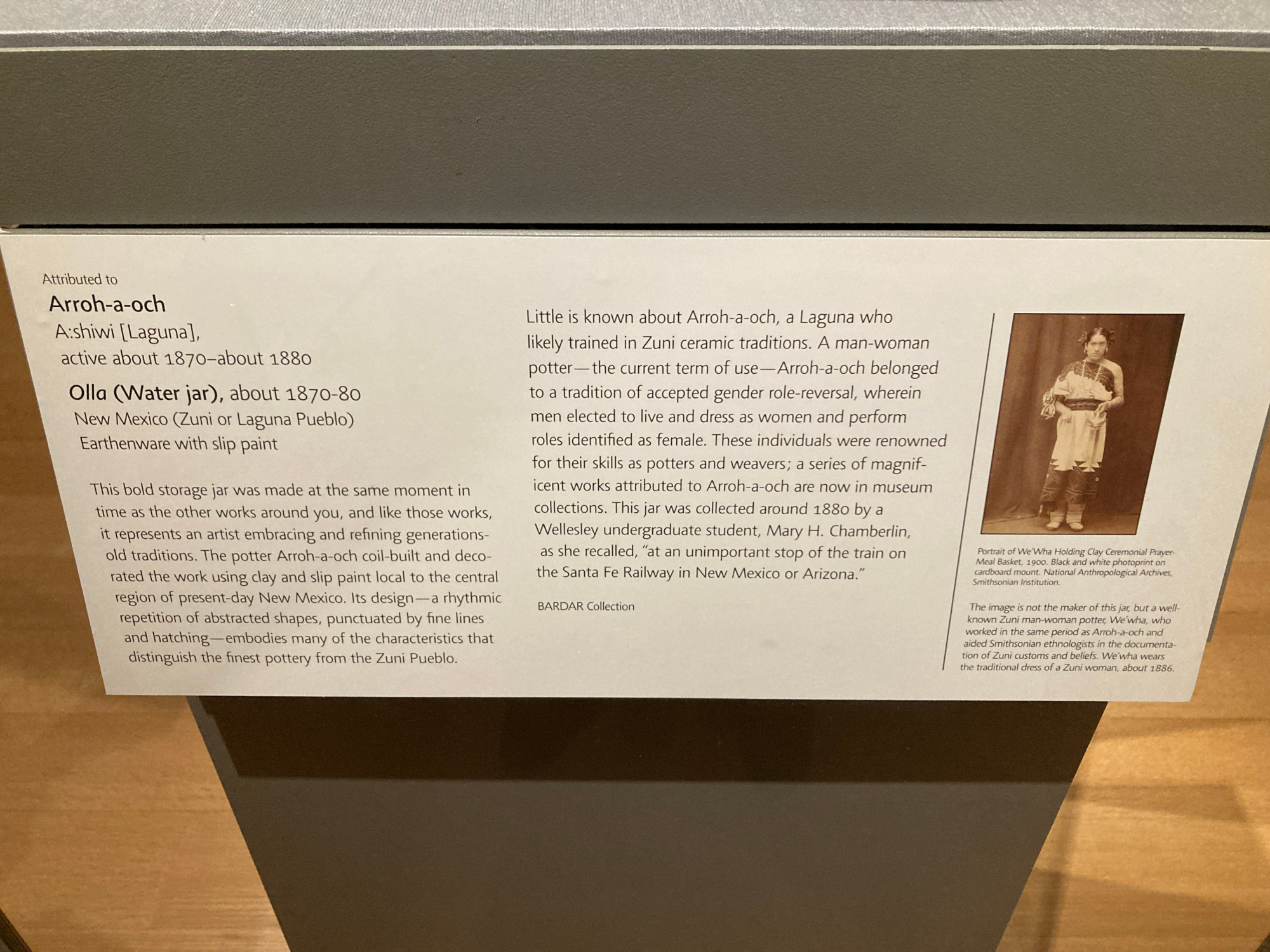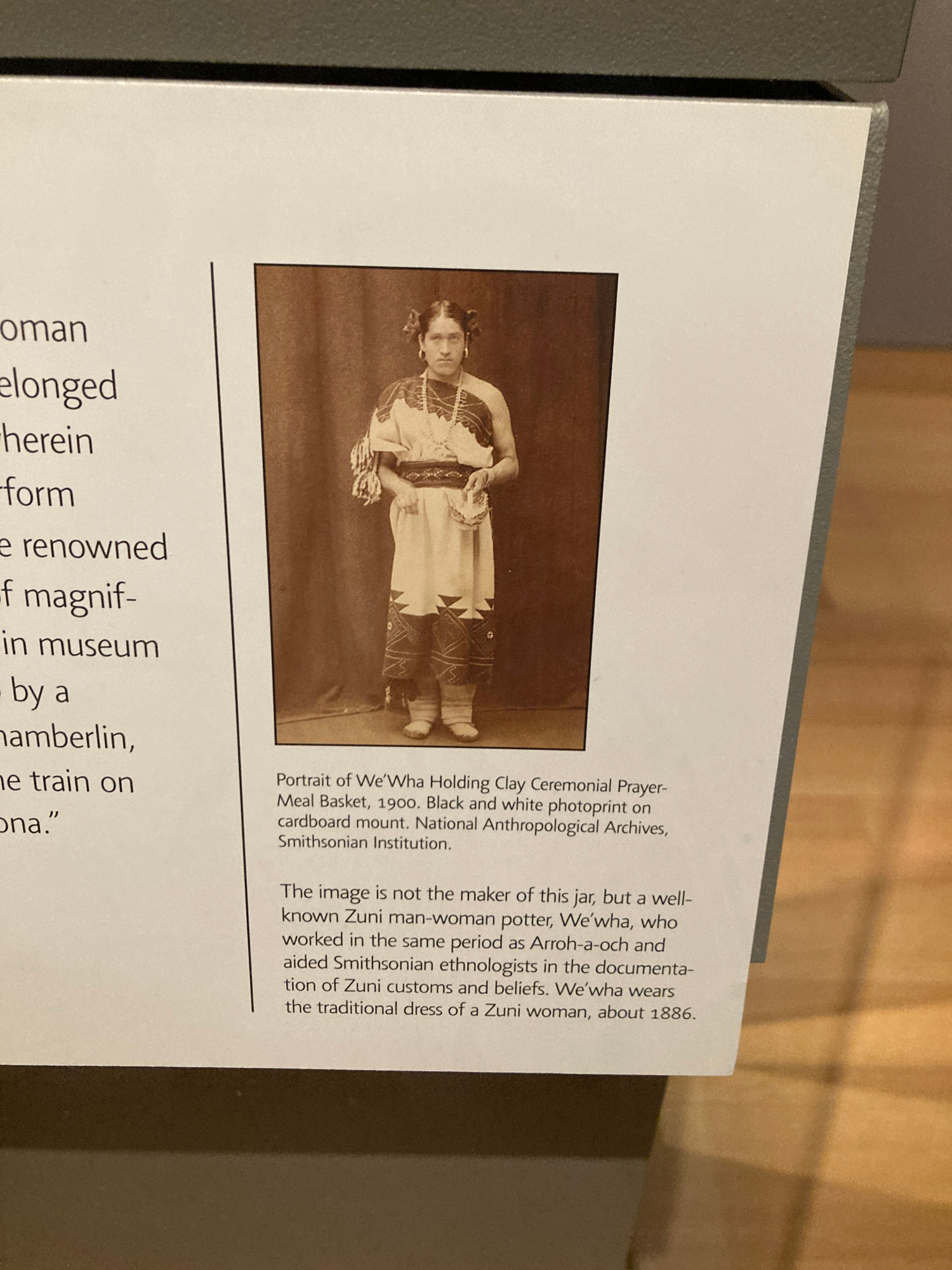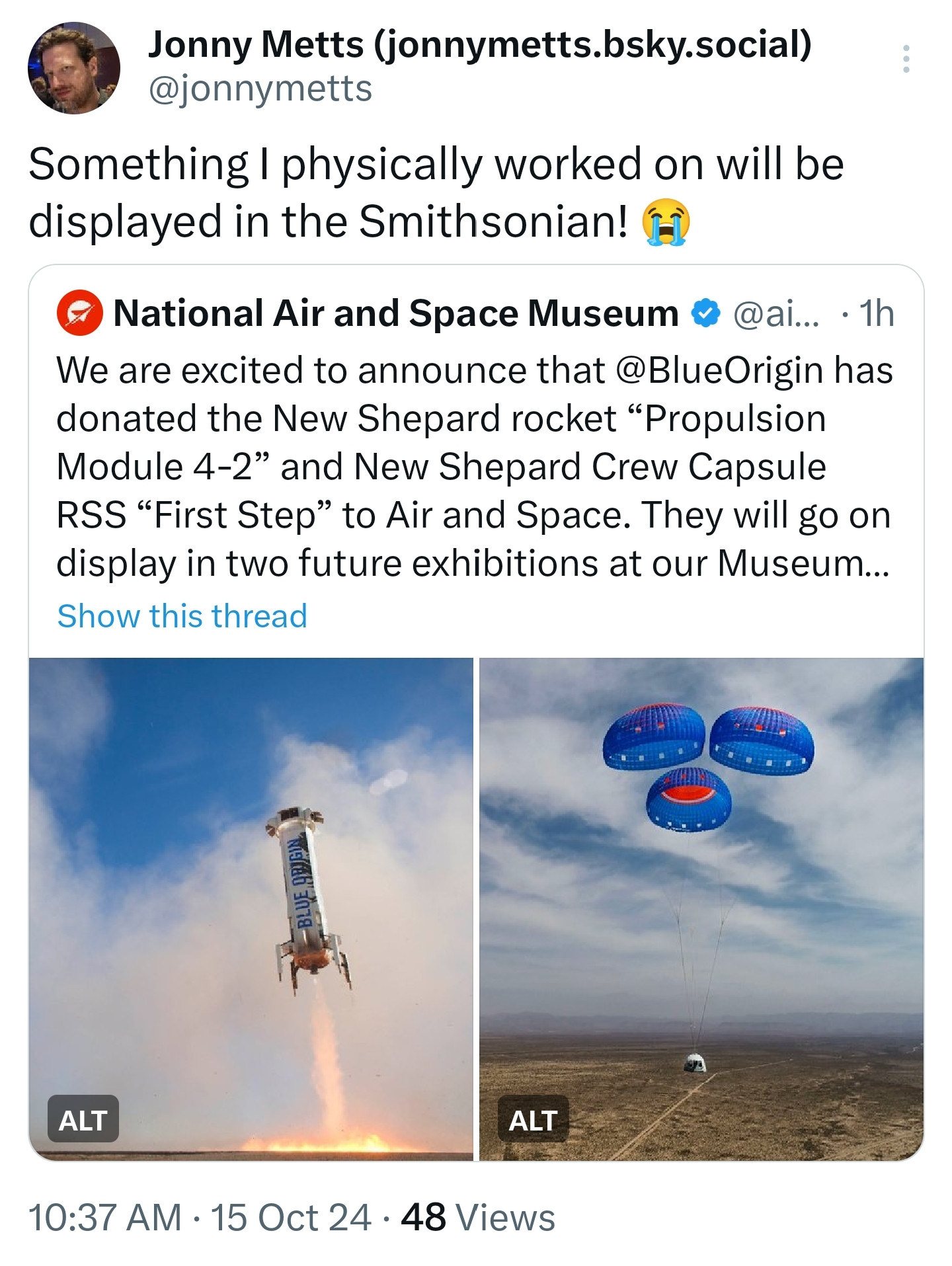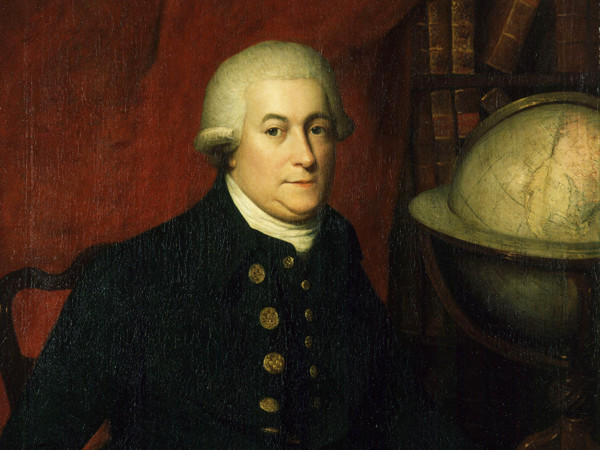In what is our strongest series yet, Ice Airport Alaska returns to the Smithsonian Channel from October 27th. And thanks to all our enthusiastic viewers for helping make past seasons such a success.

8:01 AM "What's You Gonna Do When the World's on Fire" by 𝐉𝐚𝐤𝐞 𝐁𝐥𝐨𝐮𝐧𝐭 from 𝑠𝑦𝑚𝑏𝑖𝑜𝑛𝑡 (Smithsonian Folkways Recordings) #nowplaying
🚨 Sounding the Cool Talk Klaxon! 🚨 Next Monday (10/21) at 5:15pm in Penn's Kislak Center (Van Pelt Library, 6th floor) & on Zoom, @dorothyjberry.bsky.social presents “Reading a Digital Collection: The Johnson Publishing Company Archive in Process.” DM me if you'd like the Zoom link!
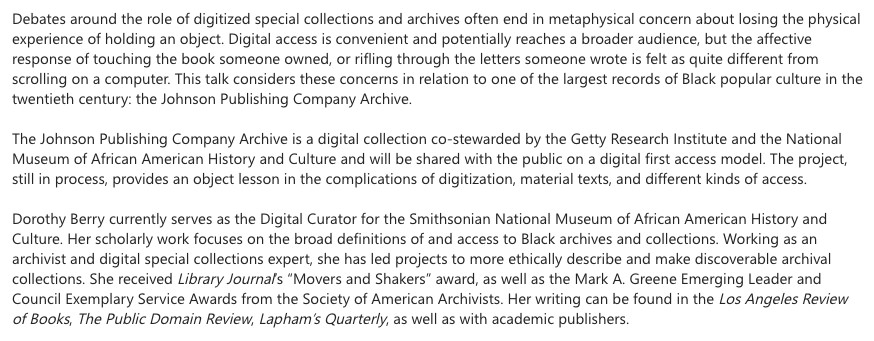
For adults, Smithsonian magazine is still pretty good. But to answer the question, to get current science info I'd probably spend more time on sciencenews.org.

Science News features daily news articles, feature stories, reviews and more in all disciplines of science, as well as Science News magazine archives back to 1924.
Some years ago at the Smithsonian Asian art gallery I saw an exhibit of Hokusai's late work (in his 80s) that was fascinating. He explored differently? more freely? strangely? Debut novels, albums, whatever: that is just the start. What we do 10, 30, 50 years down the line matters just as much.
These are the days of "MEAN TALKING BLUES". Song and performance by Woody Guthrie, as found on Hard Travelin': The Asch Recordings, Vol. 3 ℗ 1998 Smithsonian Folkways Recordings
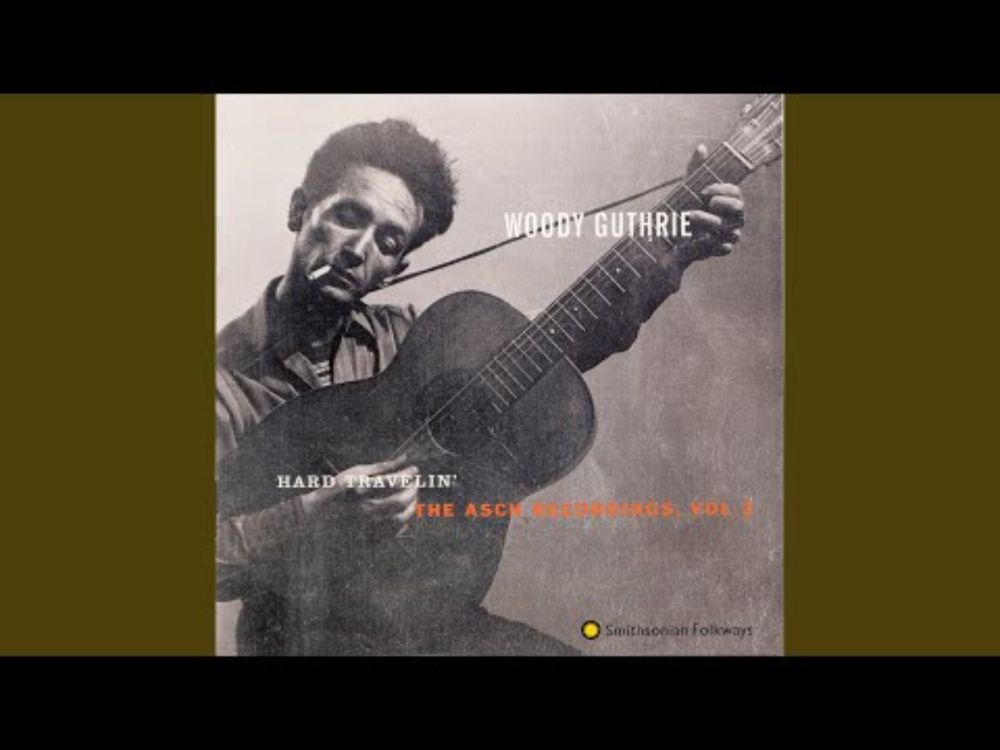
YouTube video by Woody Guthrie - Topic
I'm sorry he did what with what how? Who the fuck gave cloning technology to some dipshit in Montana this is how you create some kind of world-destroying hybrid monster bison or some shit

Here’s the descriptive text the museum provided. I put it at the end of the thread because the language used feels very disrespectful to me.
